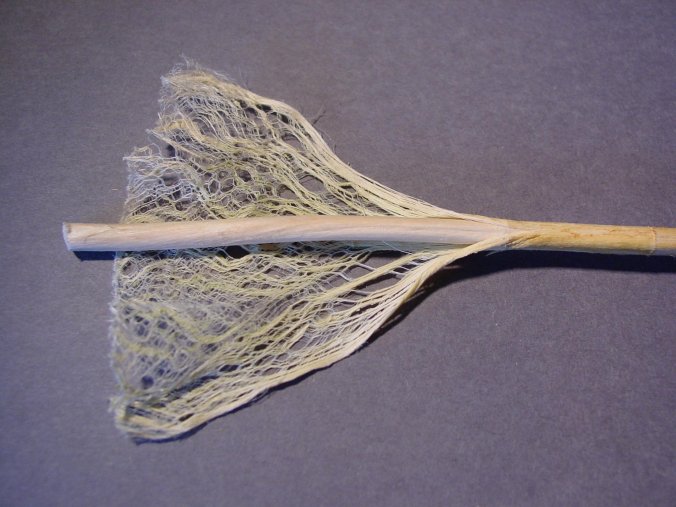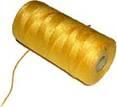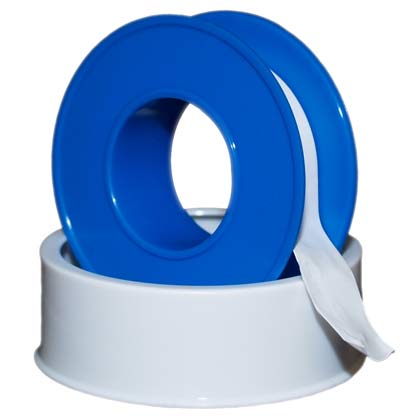| This Week’s Topic… | |||

Best viewed in
|
Hemping As with most aspects of bagpiping, there are a lot of varying opinions as to how to best hemp the tuning pins on your bagpipes' drones. The term "hemping" comes from the time of when the string material used to wrap the tenon* of a tuning pin was, in fact, made from hemp.
Other materials some pipers use include: Cobbler's Wax (resin). This black sticky resin is applied by those who want to create a very sticky hemp. This resulting hemp would be used as a solid base for top layers of a less sticky hemp. Beeswax. Another wax commonly used to wax unwaxed hemp. Beeswax is on the "sticky side" of waxes. Not too many decades ago, waxed hemp was unavailable—or at least, not introduced to the piping community—so you had to make your own. Some people prefer to use this old method. Waxed Dental Floss (Unflavored). This very easy to get item can be used on the pins when waxed hemp is too thick, but you need it just a little bit tighter. Not the most aesthetically pleasing to the eye—and hence not very common—but stays in place over waxed hemp if pressed in well. Toilet Seal Wax. Toilets typically use an large oily wax ring to seal their connection with the sewer pipe at the floor. These seals are quite cheap and are readily available at a hardware store. Some piper discovered that this oil-impregnated wax works very nicely as a lubricant for tuning pins. One down side to this method is you may find lint/grime from your pipe case sticking to your exposed pins, or the wax rubbing off on your bag cover. Paraffin/Candle Wax. Some pipers like to use paraffin as the final outer coating of the hemping to provide a smooth slide. Paraffin is available at grocery stores and any store selling candle-making supplies. Cork grease. Cork grease is designed for preserving and lubricating cork fittings on wind instruments—such as clarinets. (There are different types, avoid cork grease made from petroleum.) Some pipers use cork grease over their hemping to ease sliding. There are NUMEROUS opinions on what combination of materials to use. Like everything else in piping, the final decision is yours. Some options require more maintenance than others. Talk to others and find out what they do. Attend workshops to learn what the professionals recommend. I use a combination of materials. I generally lay a base of black waxed hemp on all joints and finish them off differently depending on the joint. Remember, unwaxed hemp can draw and retain moisture. Here’s what I use: Blowstick: Waxed hemp covered with a layer of Teflon tape. I’m a wet blower and the blowstick is the first and most direct contact for moisture. Drone Stocks: Waxed hemp of various diameters. That’s it. When I lay down layers of waxed hemp I am careful to lay them down evenly and then roll the joint on a hard surface to seat the threads together. I like my drone to set snug so that they do not move when I tune but yet can be removed when necessary. Tuning Pins: Heavier black waxed hemp for the bottom, covered by a top layer of waxed yellow hemp (although many people use a layer of unwaxed yellow), and covered by a layer of Teflon tape. The Teflon tape serves as a moisture barrier and helps the pin to slide easily. The temptation is to overuse Teflon. If you have NUMEROUS layers of Teflon tape on your pins, consider removing some of the layers and adding additional hemp. If your hemping is too loose, the drone top will shift or rock back and forth or your stock will move in the base. If this is the case, it should be tightened up in some manner. |
||



